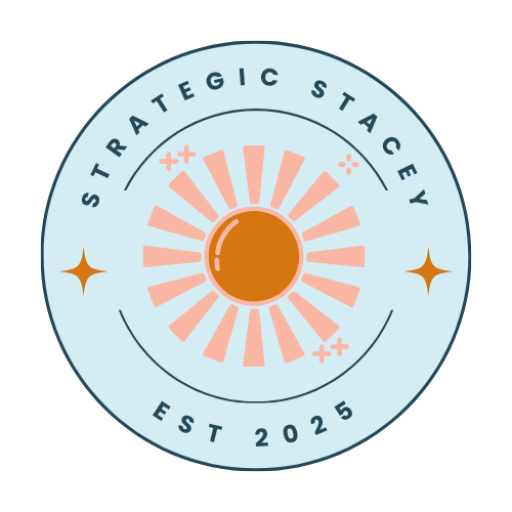Navigating Client Self-Sabotage: Part 3 – Turning it Around

Hey everyone, welcome back! This is our third article diving into client self-sabotage, but we’re shifting gears a bit today. Instead of just pointing out how clients (or organizations) get in their own way, we want to start talking about tools to help them – and you – navigate these challenges and move forward.
Let’s kick off with a story from my past…
Years ago, I led a big sales transformation at a large company. We were changing processes, technology – pretty much everything – for their enterprise sales deals. This kind of major change naturally brings risk and, honestly, a built-in resistance from people. It’s a completely normal protective reaction!
We knew getting buy-in was critical, even before the new tech or processes were ready. This transformation wasn’t just about the sales team, though. Proposal teams, marketing, finance, solutioning – so many groups were touched by it.
As I started connecting with people across the organization, I stumbled upon someone who wasn’t directly involved in the sales process or the new tools, so she wasn’t even on my radar initially.
But she was a go-to person for so many colleagues. A sounding board, someone they trusted. I decided to grab lunch with her on a hunch.
Best. Decision. Ever.
Turns out, she was a goldmine! Because she wasn’t directly in the line of fire for the changes, people felt comfortable sharing their real concerns, pushback, and complaints with her. She’d been with the company for decades and was a trusted advisor to a ton of folks who were skeptical about the transformation.
In one hour, I got an earful of valuable insights and even a heads-up on who the most concerned people were. Instead of ignoring the “squeaky wheels,” we could proactively work with them. My approach? Inclusiveness!
That project was a tough but rewarding two and a half years. And folks like this woman were absolute keys to success.
Our team actively sought out these “trusted advisors” throughout the organization, even those not directly impacted by our work.
Turning these informal leaders into change champions built trust with hundreds of people who were directly involved. It made all the difference, helping us hit our sales goals while implementing massive change.
Honestly, having these internal cheerleaders can be the deciding factor between an improvement initiative succeeding or landing in that common 20%+ failure zone.
So, here’s the takeaway: If you’re leading or involved in any significant change at work that impacts more than just your immediate team, make it a priority to find these internal trusted advisors. Reach out, listen to them, and see if you can get their support.
It might feel outside your usual process, but connecting with these influential people – wherever they are in the org chart – can absolutely make all the difference. It’s a powerful tool against potential self-sabotage and a huge step towards successful change.
Think about who those people might be in your world!
.
.
.
This article appeared in the May 13, 2025 issue of Unscripted Strategy. To receive the weekly newsletter, please subscribe below.
